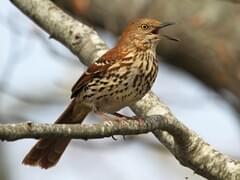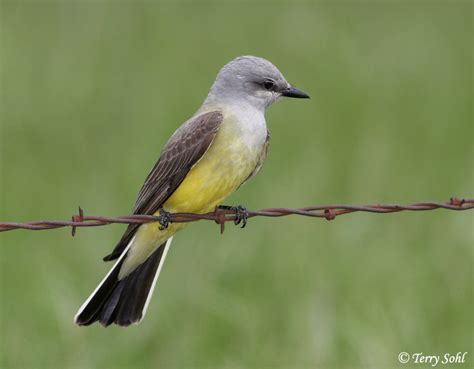Brown Thrasher
Ah, the brown thrasher, my love, my heart, the start of my birding journey. This particular bird is one of my favorites to spy, if not my most favorite bird of all time. Once when I was walking to my horrible chipotle job I had in my first year of college, I saw one of these guys out of the corner of my eye dart into one of those bushes that all college campuses are lined with. I was not late that day, but I did veer off course to see if I could find out what it was exactly. This little hunt and the subsequent search on how to id this bird is what got me hooked on birding in the first place, and it has been years.
This bird has a beautiful vibrant brown plumage that you don’t really see in other more buffy brown birds. It's a reddish brown that I think really suits Oklahoma's environment, though they are seen all over the northeastern part of North America. They are some of the shyest birds I have seen, every time I spy them, they are darting into undergrowth or something similar and it is hard to get a good look at them. Despite the name thrasher - something that sounds very violent, this bird is in the mimics family and has the largest (and most pleasant sounding) number of calls of any songbird. I have a personal theory that Merlin's sound id mistakes many thrasher calls for mockingbirds. Also something to note: apparently the songs are commonly in pairs while a mockingbirds are in triplets. I cannot confirm or deny this factoid because it is so difficult to see which bird is making the call hidden in a bush.


